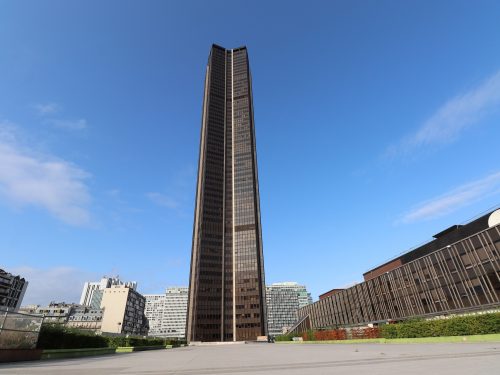 A Guide To Visiting Montparnasse: What To See and Do
A Guide To Visiting Montparnasse: What To See and Do
Stretching across parts of the 6th, 14th and 15th arrondissements on Rive Gauche (the Left Bank of the Seine), Montparnasse is easily recognized…
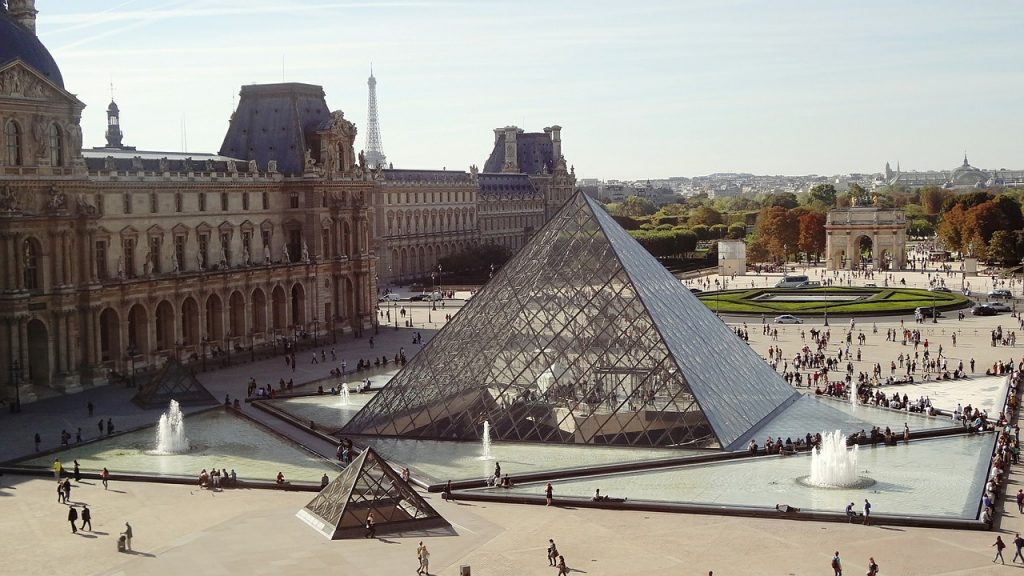
There’s nothing quite like the Louvre. It’s the largest museum in the world, and the glass pyramid marking the entrance has become a global symbol for priceless art.
Millions of tourists flock to the museum every year, many seeking a glimpse of the Mona Lisa. But besides that famous lady and her smile, what do you really know about the Louvre?
Here are some surprising facts to know about the Louvre before you visit — or make you sound smart at dinner parties.
Yes, the Louvre is known for its impressive glass pyramid (and the very long line that snakes outside of it). But did you know that’s not the only entrance? You can also enter the museum underground from the aptly named Metro stop on Lines 1 and 7: Palais Royal Musée du Louvre. Both entrances will have lines, though — after all, this is the Louvre.
But for the whole experience, I recommend going into the museum by way of the “classic” pyramid entrance. You can join other tourists taking optical-illusion “Look, I’m touching the top of the pyramid” photos. And you can snap pics of the Arc de Triomphe du Carrousel. (Nope, it’s not the official Arc de Triomphe monument everyone knows.)
However, you don’t have to wait in line, which can easily stretch an hour or two long. This is one of those attractions a skip-the-line tour is absolutely worth it. With our guided Louvre tour, you can skip the line and explore the best of the museum’s collection — which is vast — with a local expert to show you the way.
The Louvre is also a short walk from the Pyramides Metro station on Line 4, Pont Neuf on Line 7 and Chatêlet, serving Lines 1, 4, 7, 11 and 14.
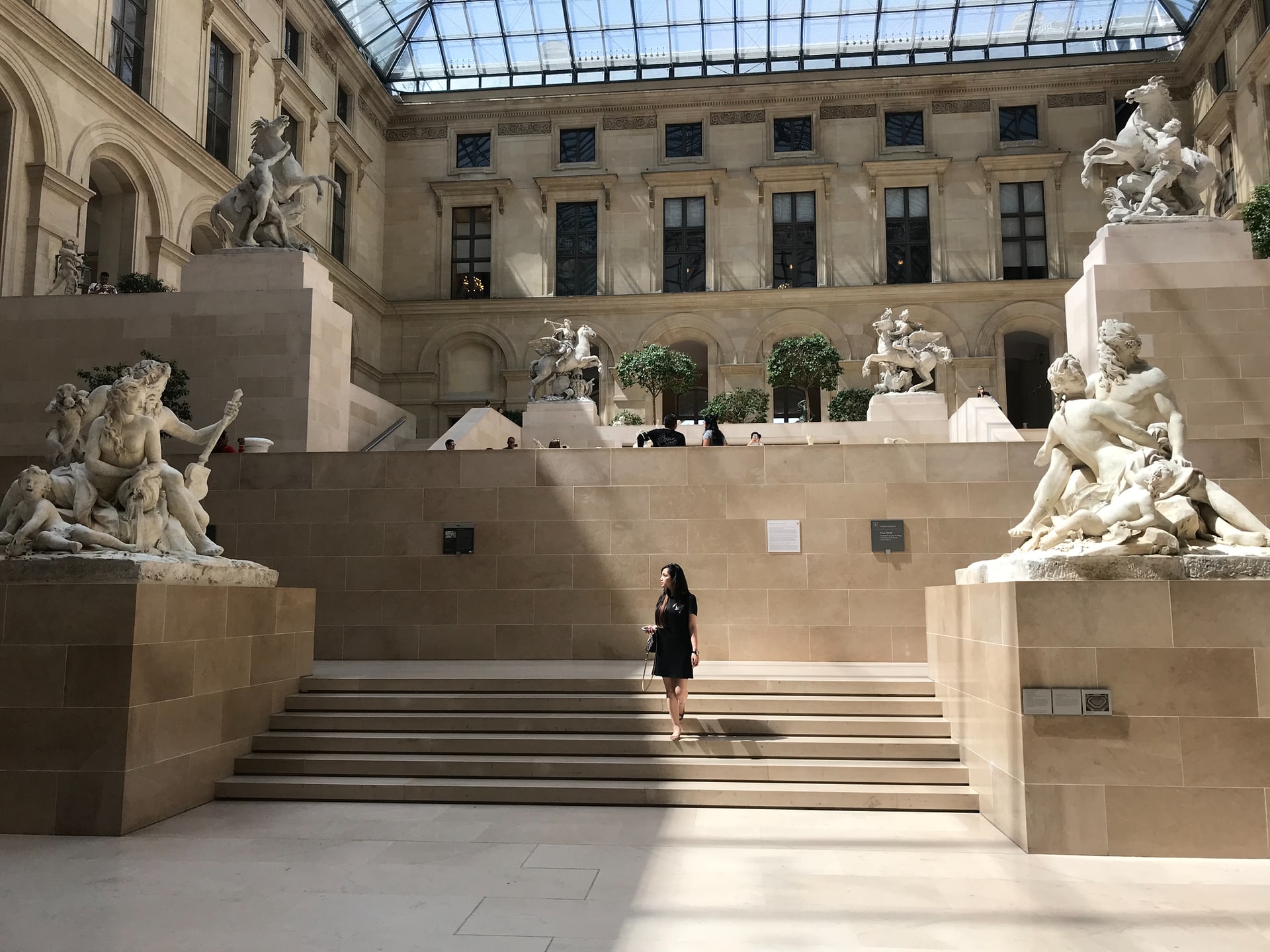
Here’s a fun fact: Only 5,000 of the Louvre’s extensive collection are by French artists.
The collection of artwork can be found on four levels: lower ground, ground, first, and second. Here’s what you should know about each level.
What’s there:
Don’t miss: The Horses of Marly sculpture, fashioned from Carrara marble by Guillaume Coustou in the 18th century for a French chateau. They’re (slightly) larger than life, mounted on a pedestal in the central courtyard under the sunlit pyramid.
What’s there:
Don’t miss: The sarcophagi. Specifically, the sarcophagus of Madja, considered by experts (who know this sort of thing) to be a “perfect example” of an ancient Egyptian stone coffin. The sarcophagus is detailed and decked out, polychromed to mimic lapis lazuli, gold, and more.
What’s there:
Don’t miss: The Mona Lisa. I’ll talk about this prized Renaissance painting more later, but it’s a must for any first-time visit to the Louvre.

What’s there:
Don’t miss: “Le Dejeuner,” one of the most famous paintings by François Boucher. Boucher was looked down on by some contemporaries for his light subject matter, but his work was admired by the king’s mistress, so we have much of it available today to enjoy. You can see other paintings of his in the Salle Boucher, but this one is unique since it shows domestic life and interesting interior decor. Look closely; there’s a Chinese statue, an intricate clock, and something else fairly new at the time: morning coffee.
You can find the museum’s oldest works in the Middle Eastern collections. A must-see is the famous Aïn Ghazal statue, which dates back to the 7th century B.C.
The artifact was an important archeological find when it was discovered in Jordan in 1985. It’s not the most aesthetic piece for sure — the statue has two feet, no arms and not the prettiest face. But its age attracts visitors to marvel at something created so long ago. You can find the statue on Level 0 (the ground floor) in Room 303.
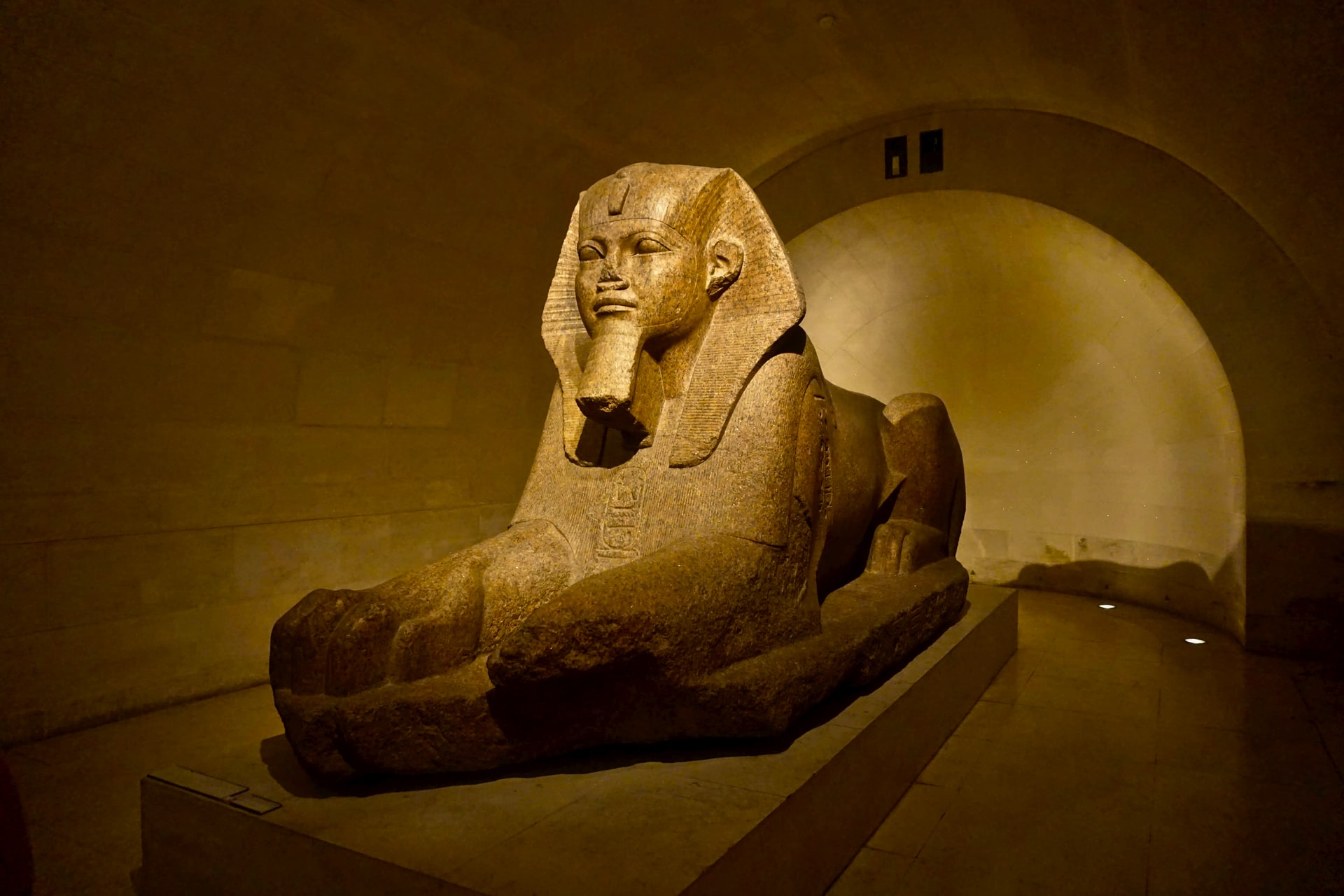
The Egyptian collection is a sight to behold at the Louvre.
You can find beautiful and ancient sarcophagi, a mummy, and what the museum boasts is “one of the largest sphinxes outside of Egypt.” That would be the Great Sphinx of Tanis, dating back to 2600 B.C., according to some estimates.
You can find it in Room 338 on the ground floor.
The mummy I mentioned is an unidentified man from the Ptolemaic Period between the 3rd and 2nd century B.C. He’s hanging out (well, reclining) on the ground floor in Room 322.
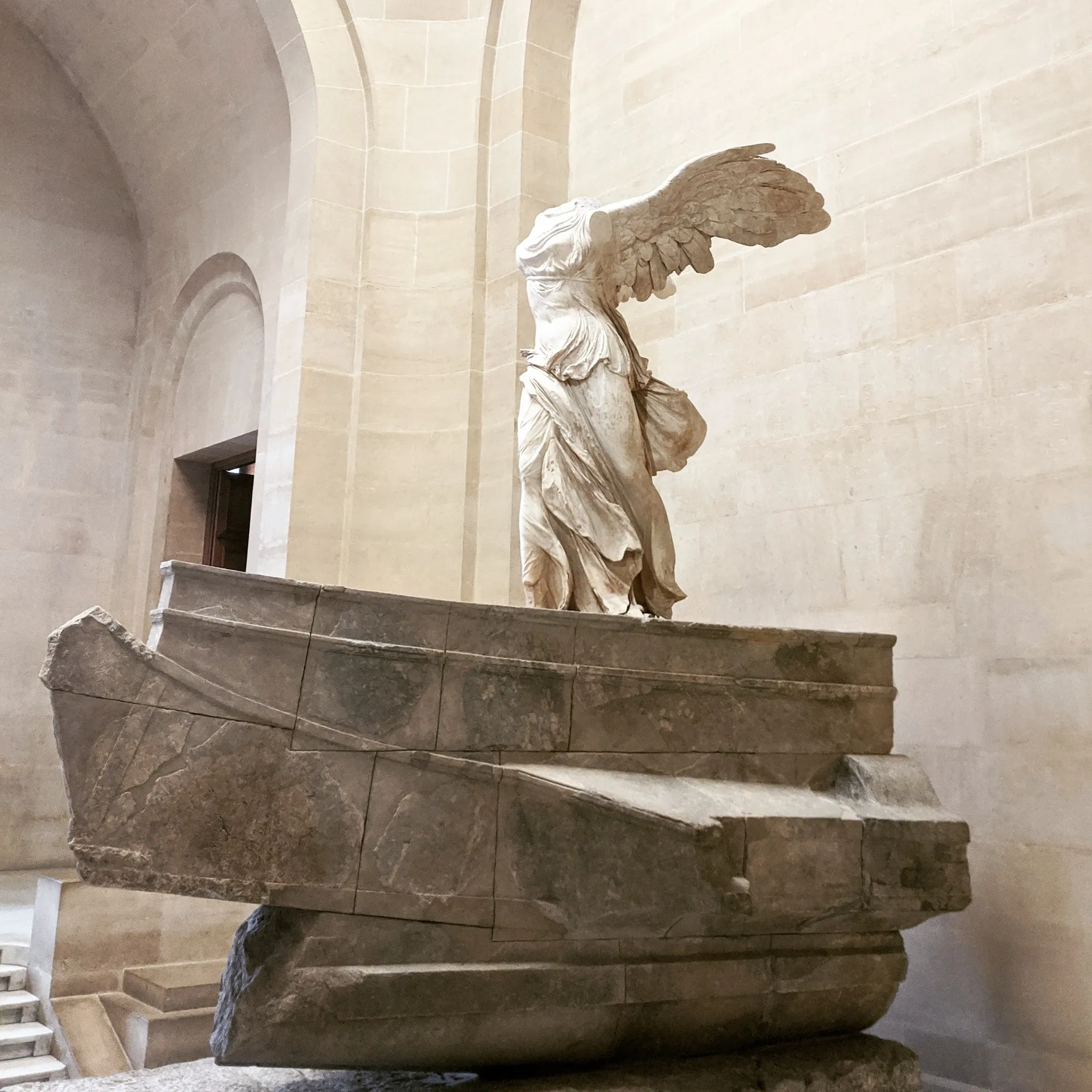
There are certain relics you have to see when you take a trip to the Louvre. One of these famous works is Victoire de Samothrace, a marble sculpture made between 220 to 185 B.C.
It portrays a winged Greek goddess who symbolizes victory. Excavators unfortunately never found the head. The sculpture itself was done in a Hellenistic style in which several blocks comprising the statue were carved and then reassembled later. You can find this sculpture in Room 703 on the first floor.
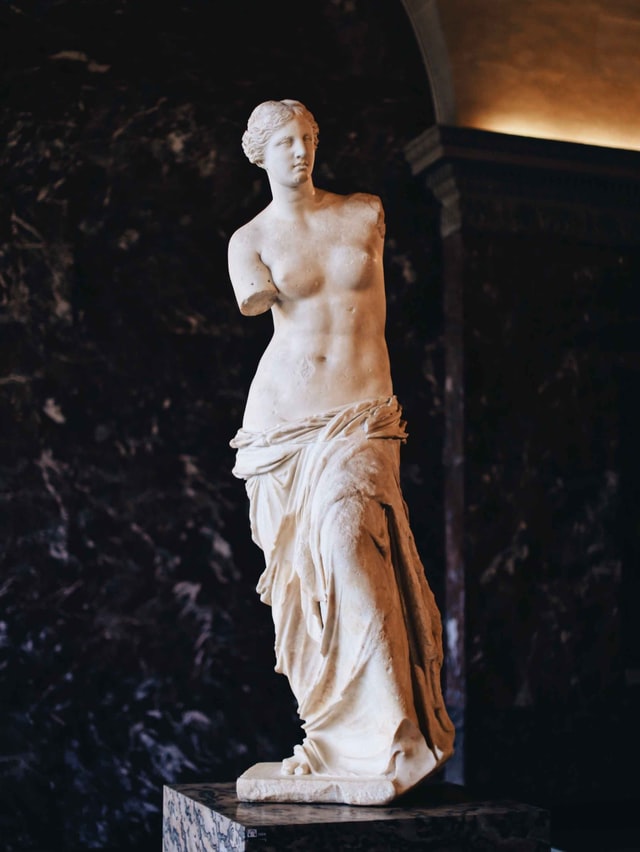
Runner-up in terms to the headless Victoire de Samothrace (if we’re ranking by famous statues) is the armless Venus de Milo.
The Venus de Milo is similarly an ancient Greek sculpture inspired by a goddess — thought to be Aphrodite. It dates back to 100 B.C. You can find the Venus de Milo in Room 346 on the ground floor, which will be marked as Level 0.
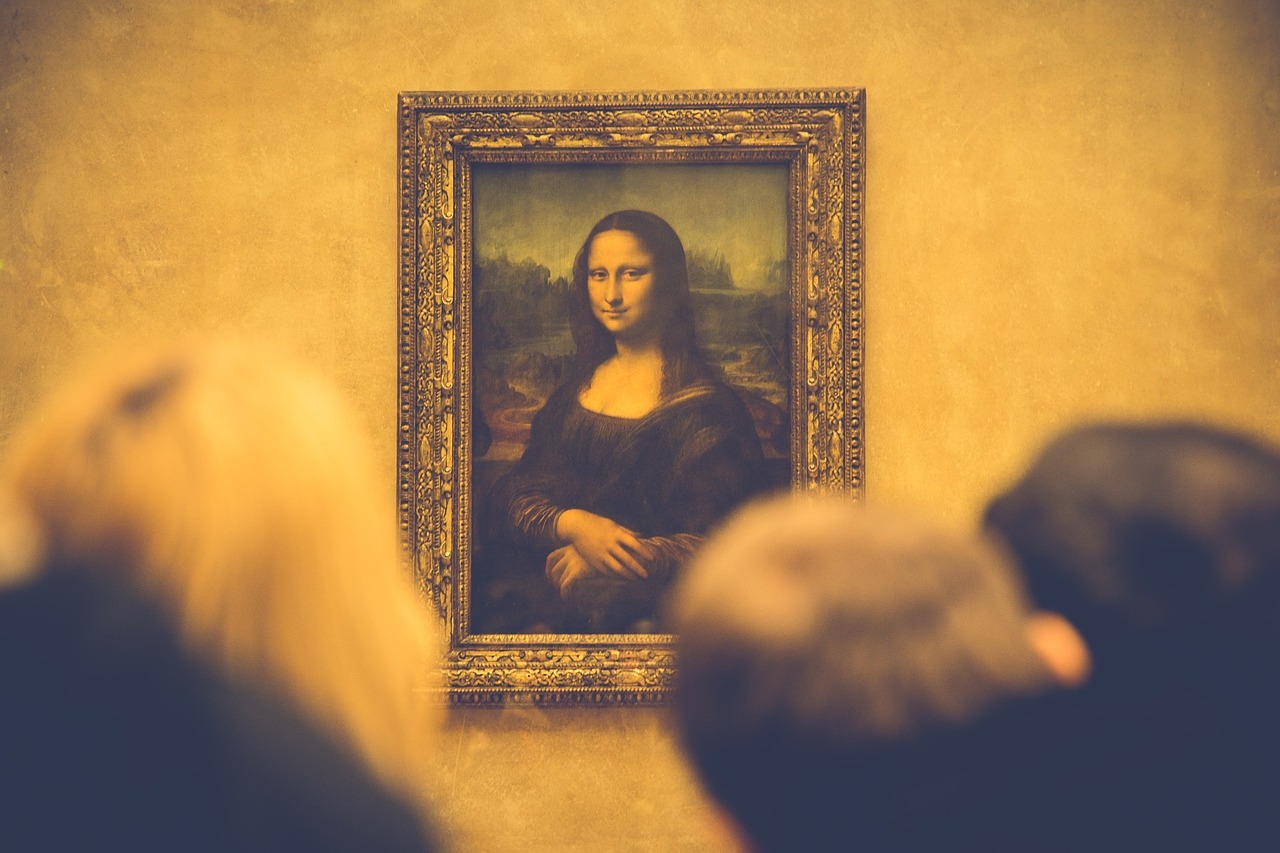
Rounding out the trifecta of the most famous artworks at the Louvre is the Mona Lisa. She needs no introduction for your Louvre bucket list, but a fun fact is that the masterpiece — arguably the most recognized painting in the world — is protected by bulletproof glass. And armed guards.
Yes, there’s a reason. The prized and priceless Leonardo De Vinci painting made headlines after it was stolen in 1911 and recovered two years later. You can’t miss the painting — there will be a huge crowd huddled around it — in Room 711 on the first floor.
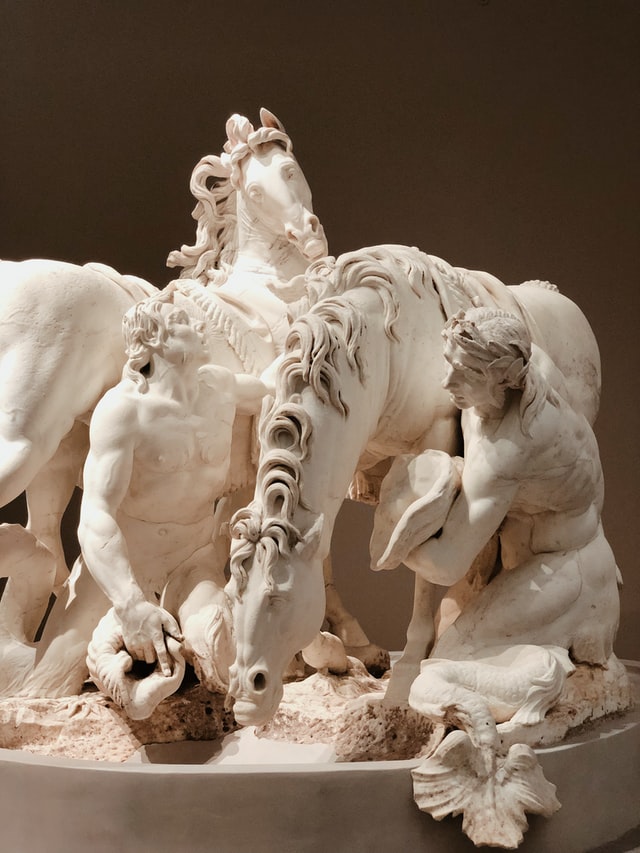
I bet you thought the only Louvre was in Paris. That’s not the case. An annex of the Louvre in Lens, a Northern French town, opened in 2012. There are two reasons for the Lens Louvre. One was to reduce the Paris crowds, something anyone who has ever visited the Louvre can understand. The other was to add a little bit of economic vitality to Lens.
By 2017, another Louvre came along, this time, in Abu Dhabi. France and the United Arab Emirates embarked on an agreement — a 1.3 billion dollar agreement — and leased artwork to the new museum. Using the Louvre name cost $520 million alone.
If you go, don’t expect a pyramid. The design in Abu Dhabi is more of a flat gray dome.
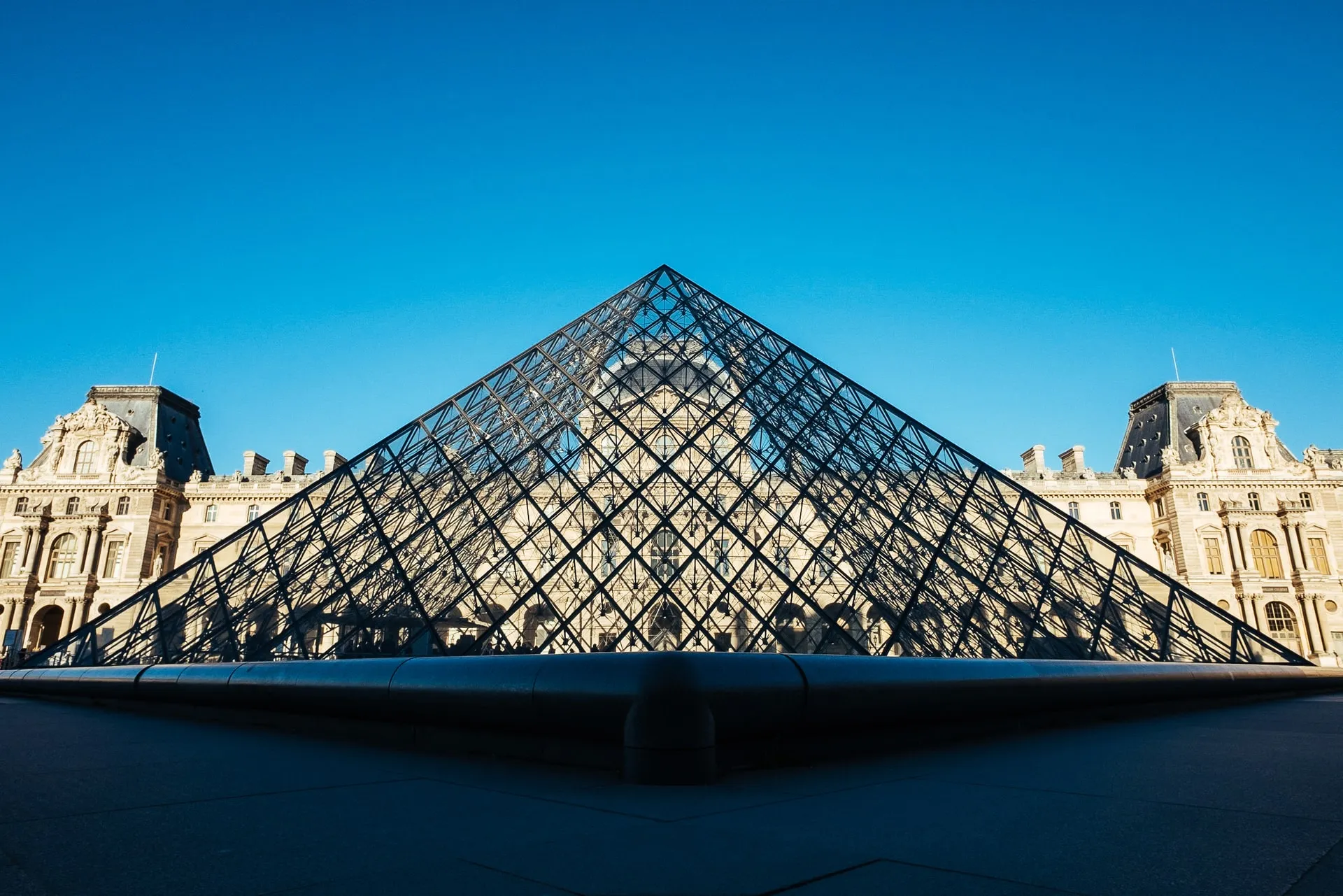
Did you know that the Louvre pyramid and the Rock ‘n’ Roll Hall of Fame in Cleveland were designed by the same person? That would be Chinese-American architect Ieoh Ming Pei. He won the commission to renovate the museum and designed a 70-foot pyramid in 1989.
President François Mitterrand invited Pei to undertake the redesign as more and more crowds made the museum’s expansion necessary. Just like the Eiffel Tower, the now-famous Louvre pyramid was not popular at first, initially denounced by preservationists. But now the pyramid has become an emblem of the city. And Pei, an equally beloved architect, lived to be 102 years old.
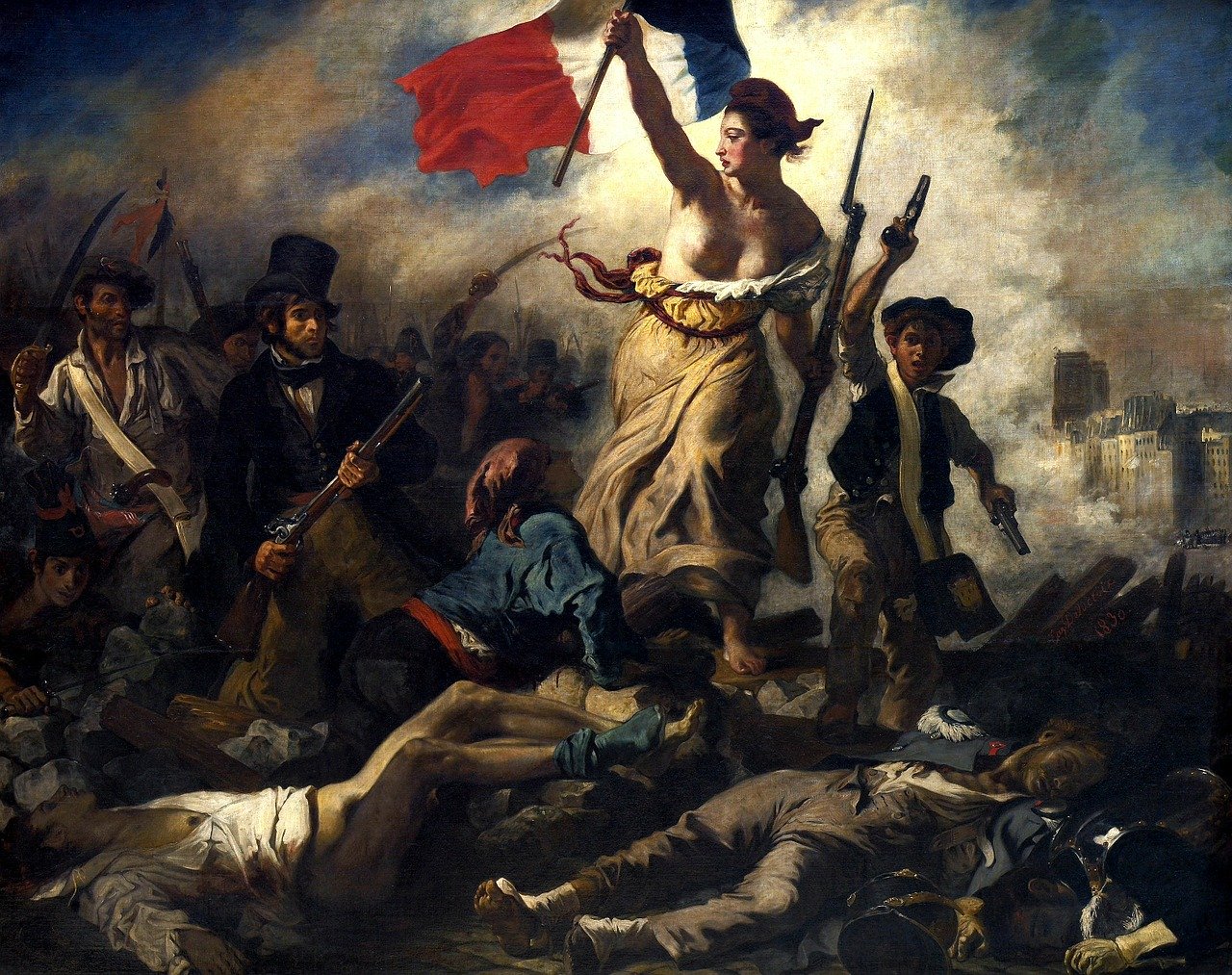
When most people think of the French Revolution, riots, bloodshed, and maybe Marie Antoinette comes to mind. You might think of the beheadings via the guillotine at Place de la Concorde (now the site of the famous obelisk monument).
But amidst this tumultuous and defining moment in French history, one of the world’s finest museums opened its doors. Here’s how it happened.
Intellectuals in the Enlightenment age, including French philosopher Denis Diderot, demanded the royal collections be available to the public. And so, the Revolutionary government in France agreed, first opening the Louvre on Aug. 10, 1793.
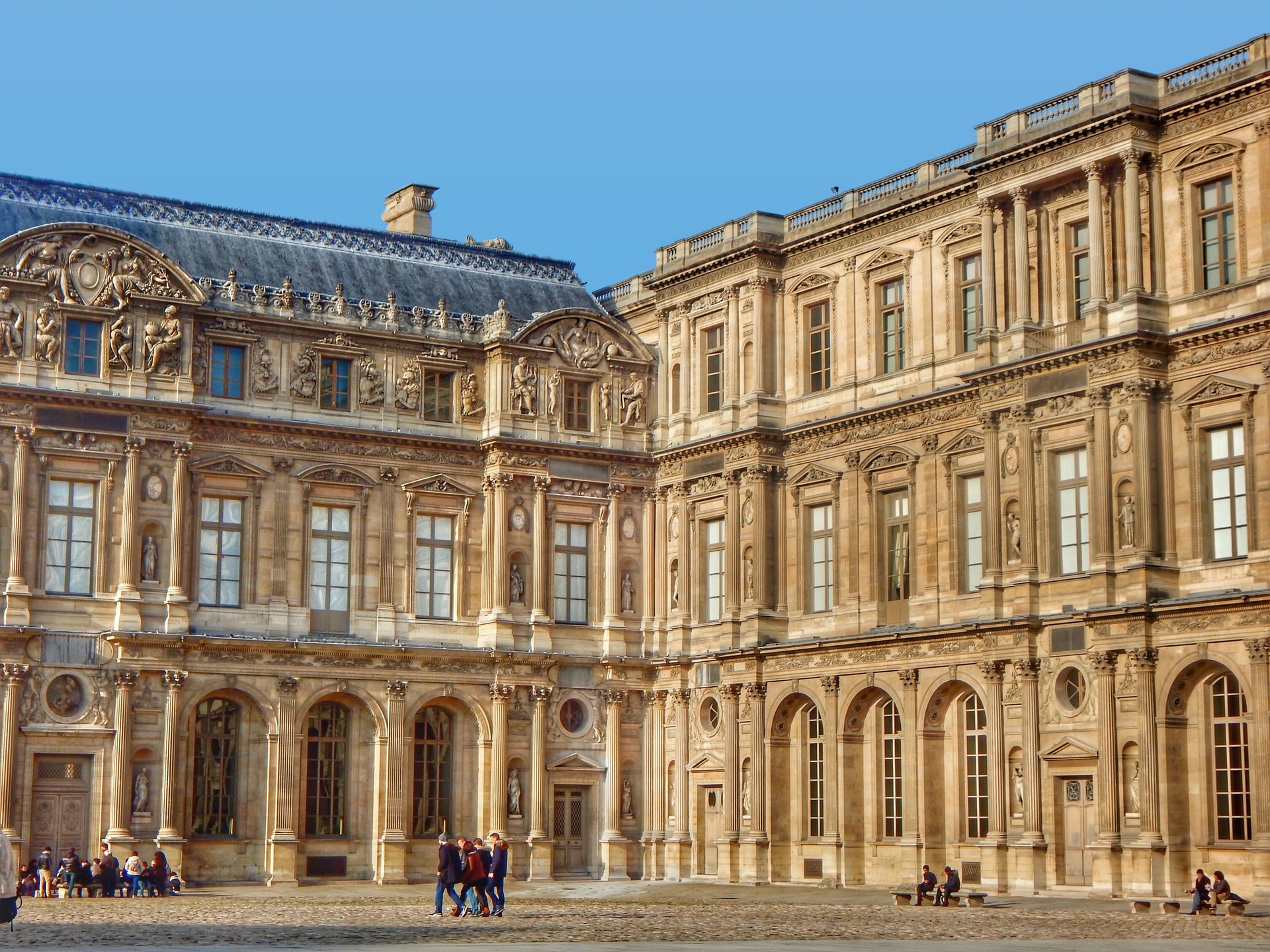
The building itself dates back to the 12th century when it was a fortress built under King Philip II. By the 16th century, King Francis I began construction on the palace. The palace was expanded over time until eventually the Revolution happened and it was converted to a museum.
Interestingly, the museum is also known for the famous French Revolution painting “Liberty Leading the People” by Eugène Delacroix, pictured above. You can find it in Room 700 on the first floor.
It’s true. It was called the Napoleon Museum at the start of the 19th century, when a new museum director named Vivant Denon was appointed.
For a brief moment, beginning in 1803, the Louvre was known as the Napoleon museum. The museum grew with Napoleon’s conquests, and the emperor even ordered alterations to the palace to make room for all of the treasures. Looted treasures comprise much of the vast Egyptian collection today. Most of the other stolen works — around 5,000 pieces — were returned after the Vienna Treaty of 1815.
Insider tip: One of the most famous stolen works still at the Louvre today is “The Wedding at Cana” by Italian painter Paolo Veronese. You can find it in Room 711, the same room as the Mona Lisa.
The coronation of Napoleon I is another one of the famous paintings that will round out your trip to the Louvre. French painter Jacques Louis-David was commissioned by Napoleon to depict the moment he was crowned as emperor in the 19th century. It can be found in Room 702 on the first floor.
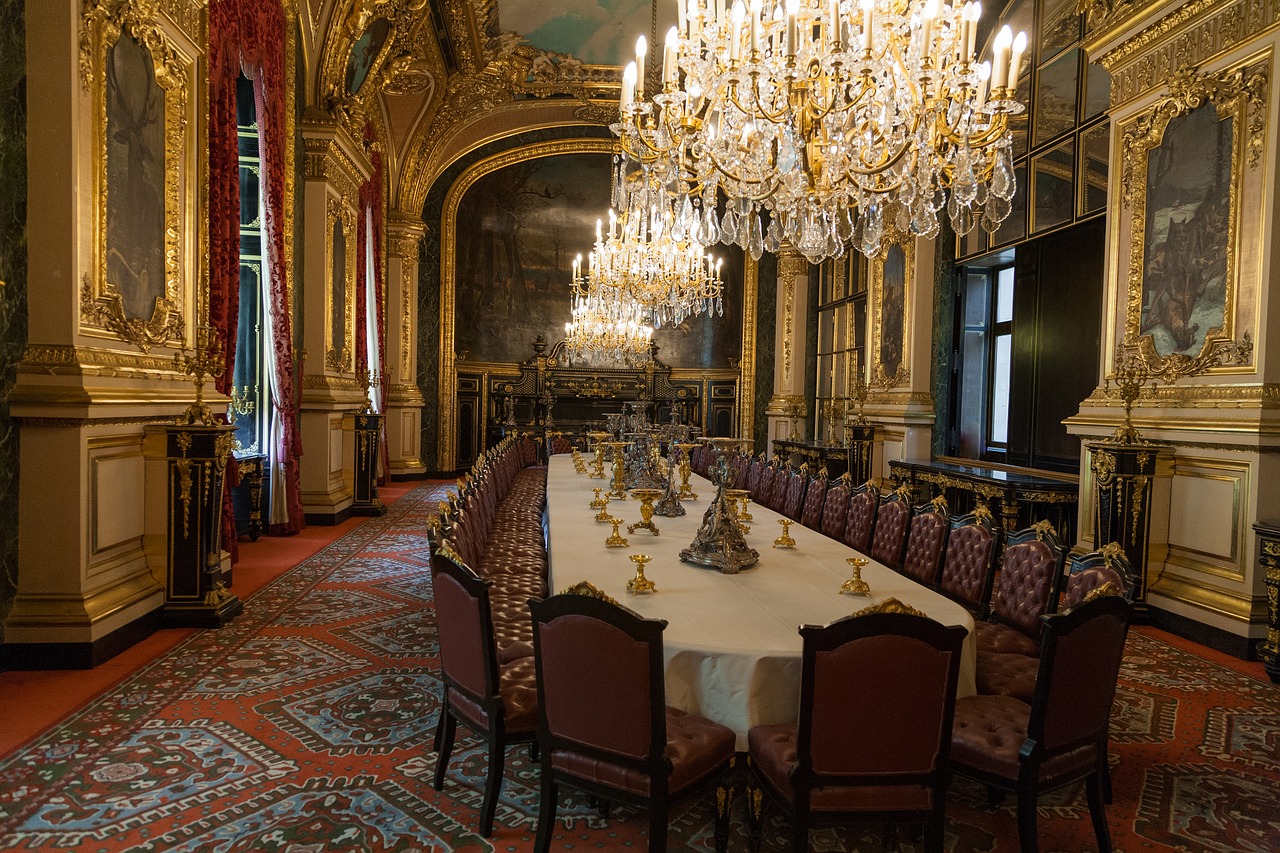
This element of the Louvre is always a pleasant surprise to visitors. They come expecting paintings, sculptures, and artifacts, but not elegant furniture from the Second Empire. The “grand salon” — Napoleon’s large and lavish dining room with rococo detailing and a painting overhead — is indeed grand.
This section of the Louvre, in the Richelieu wing on the first floor, houses 18th-century decorative art.
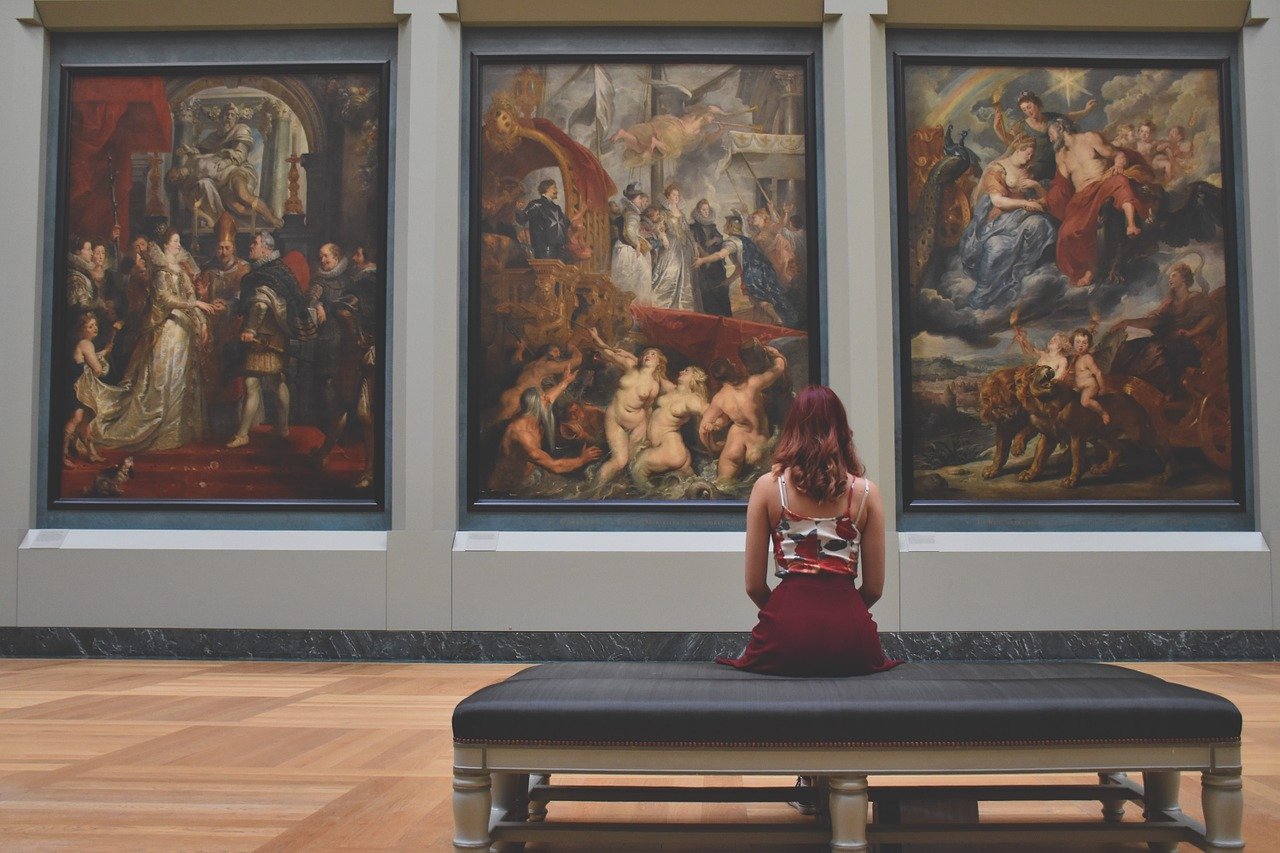
Even if you try, you can’t see the entire Louvre collection in one go. That’s because on any given day, only 10% of the museum’s massive collection is available to the public. When the museum first opened more than 200 years, ago, there were around 500 pieces of art. Now there are over 380,00o pieces in total with more than 30,000 on display at any given time.
But even if you want to see all of what’s on display that day in one visit, you’d be hard pressed to do so. We recommend taking a themed approach to visiting the Louvre. Maybe you’re interested in women artists or perhaps you want to check off the most famous pieces on display. We have an itinerary for that. Or depending on who you’re traveling with, you might want to tailor your trip through the Louvre for them. Choose “family fun” for the kids or “pop culture” for that skeptic in your group who thinks they’re not into old art (there’s a lot here to surprise them, too!).
There truly is an overwhelming amount of art here. Having a theme — or at the very least, a planned itinerary — makes it manageable so you don’t leave feeling like you missed something.
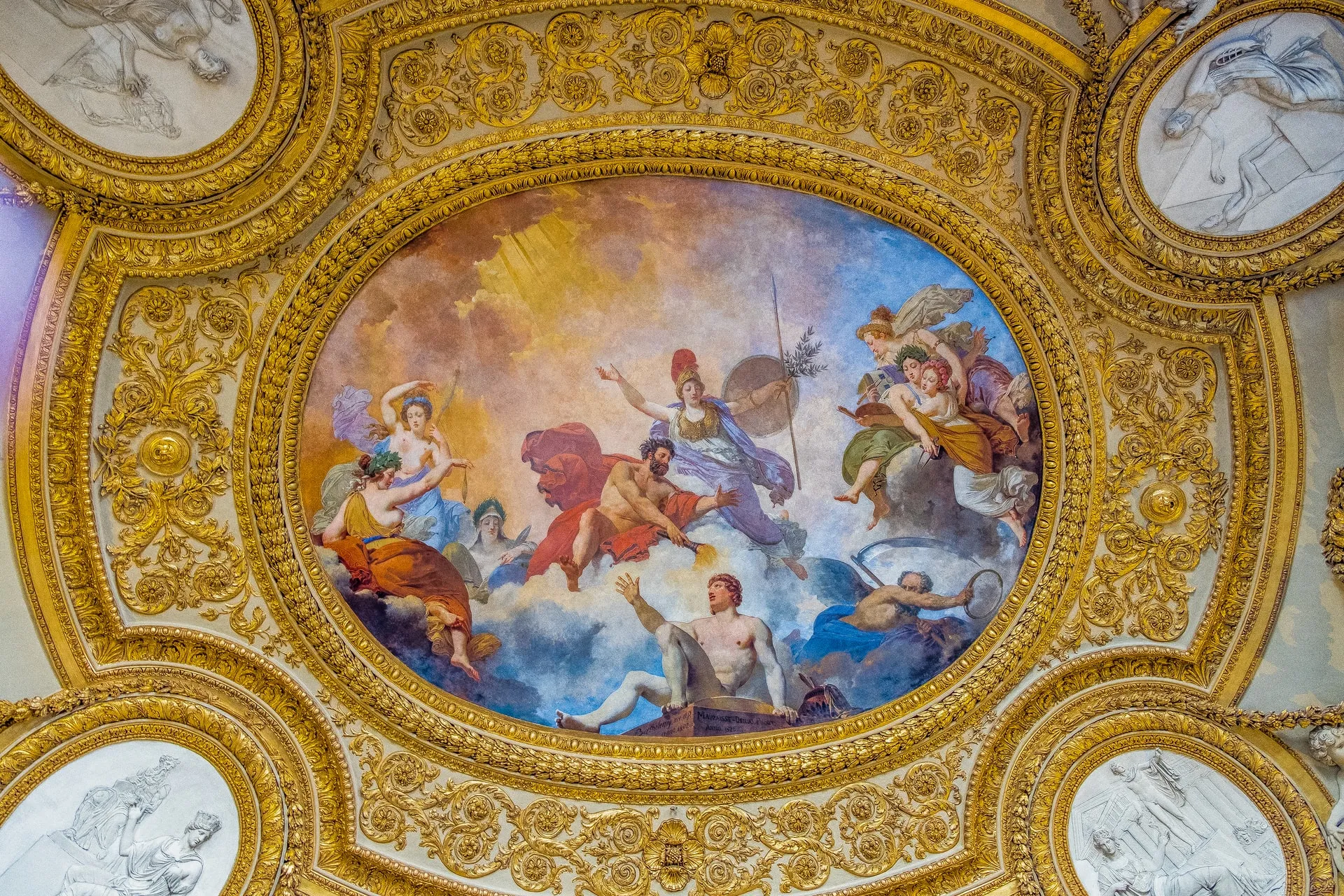
Apart from being the largest museum in the world, the Louvre is most famous for its priceless art, especially the Mona Lisa by Leonardo da Vinci
Fun fact: Here, the painting is actually called “La Jaconde.” Jaconde means “happy or jovial” in Italian, and this name is a play on her married name, Giocondo.
For real art history enthusiasts, an immersive tour of the Louvre could take days. If you are trying to snap photos of a few famous pieces of art, 1-2 hours should be fine. A relaxed walk through a handful of interesting exhibits — a good midpoint — could easily take three hours.
Keep in mind you’ll have more time to explore if you take a skip-the-line tour. You’ll also save time if you plan what you want to see in advance. Museum maps are available at the entrance. If you’re going solo, I recommend you grab one to prioritize what artwork you want to see (and prevent yourself from getting lost). If you want tips on where to go first (or a theme for your trip), just ask your guide.
The museum is free in Paris on the first Sunday of every month all day and on the first Saturday of each month only in the evening, starting at 6 p.m. It is also free for EU citizens 25 years old or under.
Their free days are popular with more crowds and longer lines, so bear that in mind if you opt to save some cash by visiting when admission is waived.
The Louvre museum is in a great location: right in the center of the city. The museum is a short walk from the Tuileries Gardens (which are my favorite gardens in the city). The flowers are beautiful, and I recommend you grab a hot dog and a beer in the park on a sunny day. Hot dogs maybe aren’t the most French cuisine, but here they come in baguettes.
You can also stop by the Musée Eugène-Delacroix, a 10-minute walk across the Seine from the Louvre. At €7 for entry, it’s about half the price of the Louvre and carries a nice selection of artwork by Delacroix, who inspired the French Romantic art movement.
Fun fact: The Louvre is also the beginning of the Axe Historique, a straight line of monuments that runs directly through the center of Paris to the west. It starts at the Louvre museum, continues to the obelisk in the Place de la Concorde, and ends at the Grande Arche de la Défense.
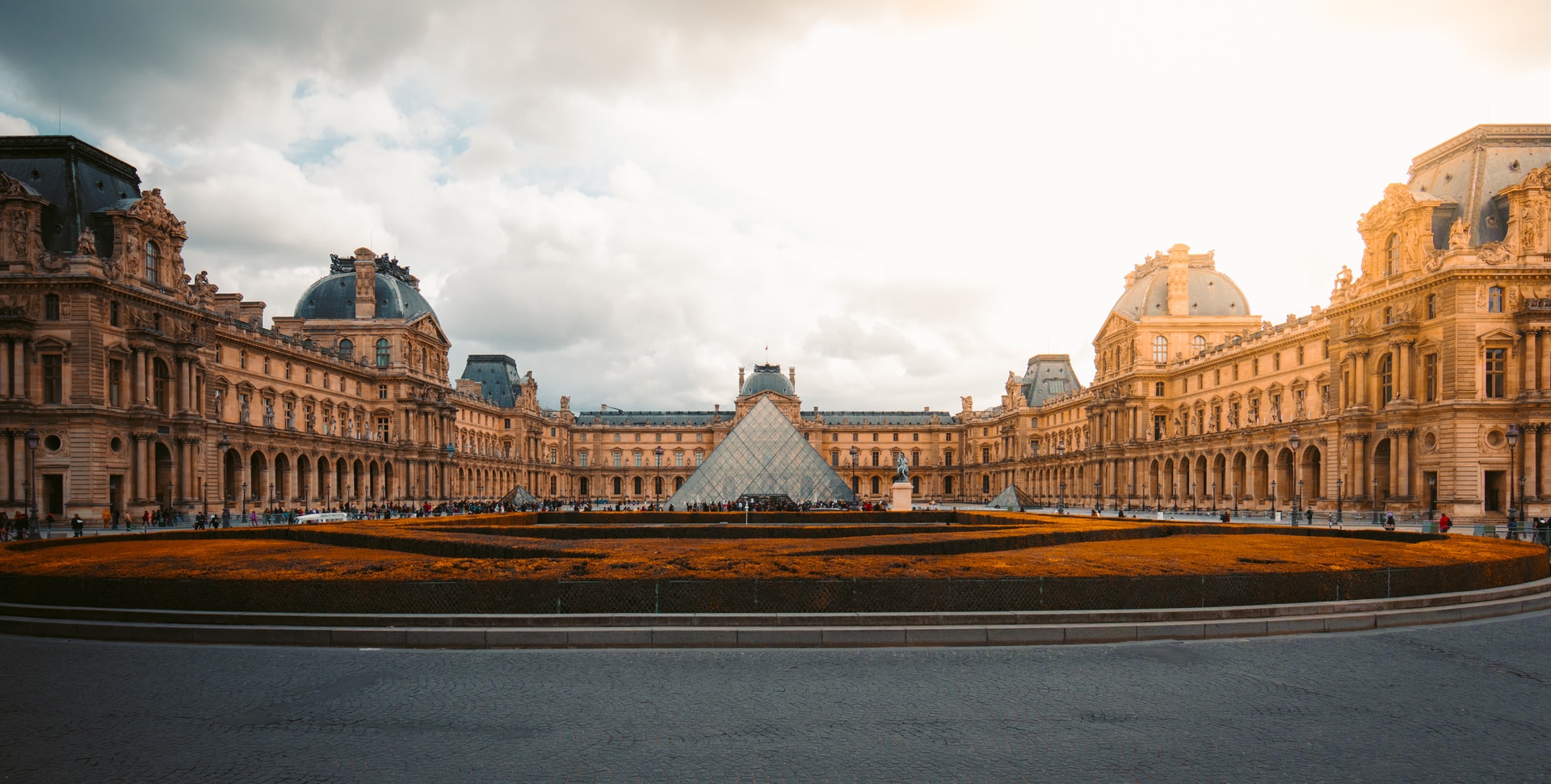
The Louvre is older than many countries. It’s been around since 1793. It’s immense and elegant and houses more artwork than any other museum in the world. It’s even said to have ghosts. Visitors and staff have reported seeing ghostly figures of a Roman soldier, a beautiful young muse, a painter, and a World War II German officer wandering through the halls.
It goes without saying your trip to Paris isn’t complete without roaming this famous fort-turned-museum or a few tours in Paris. Its rich history will captivate you at every turn.
 A Guide To Visiting Montparnasse: What To See and Do
A Guide To Visiting Montparnasse: What To See and Do
Stretching across parts of the 6th, 14th and 15th arrondissements on Rive Gauche (the Left Bank of the Seine), Montparnasse is easily recognized…
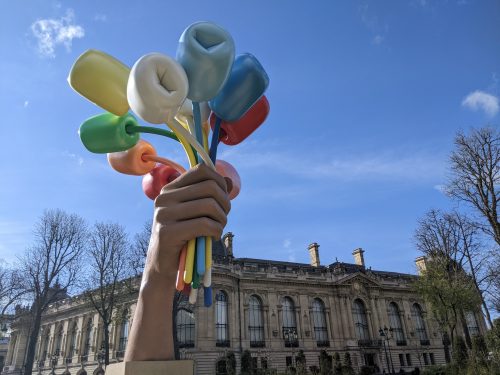 Paris With Kids: Practical Tips for the Perfect Trip
Paris With Kids: Practical Tips for the Perfect Trip
Visiting Paris as a family… or en famille as the French say? Get ready for an adventure! There’s so much to see in…
 Easy Paris Day Trip: Medieval Walled City of Provins
Easy Paris Day Trip: Medieval Walled City of Provins
Less than 60 miles southeast of Paris, the medieval town of Provins is the perfect day trip for anyone who wants to experience…